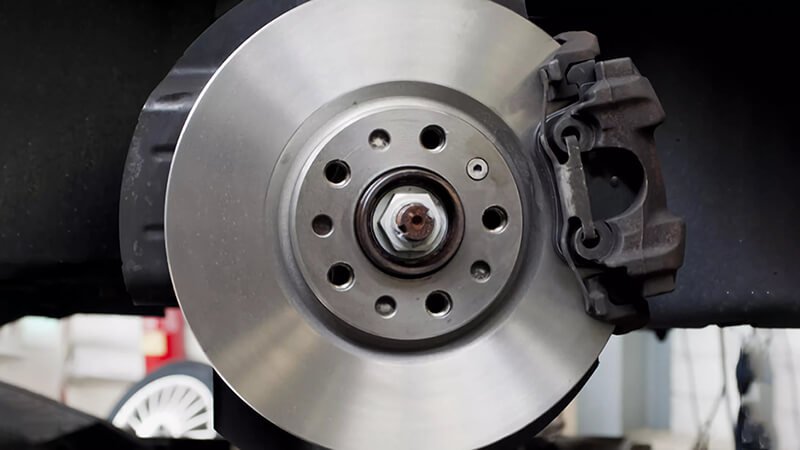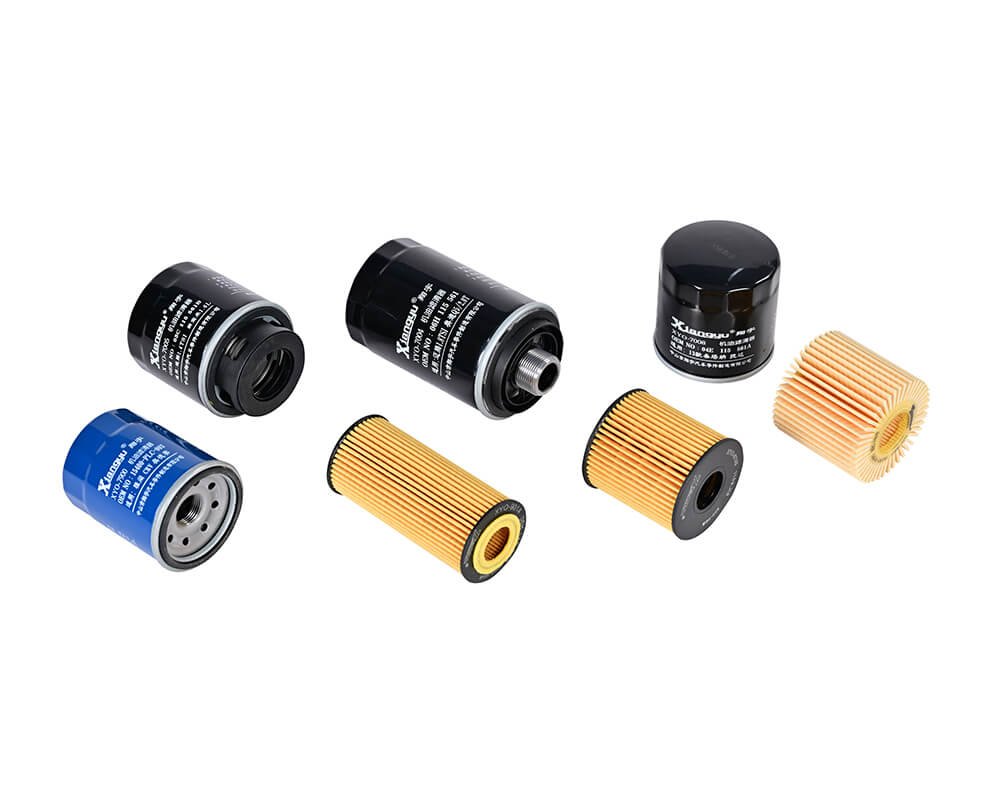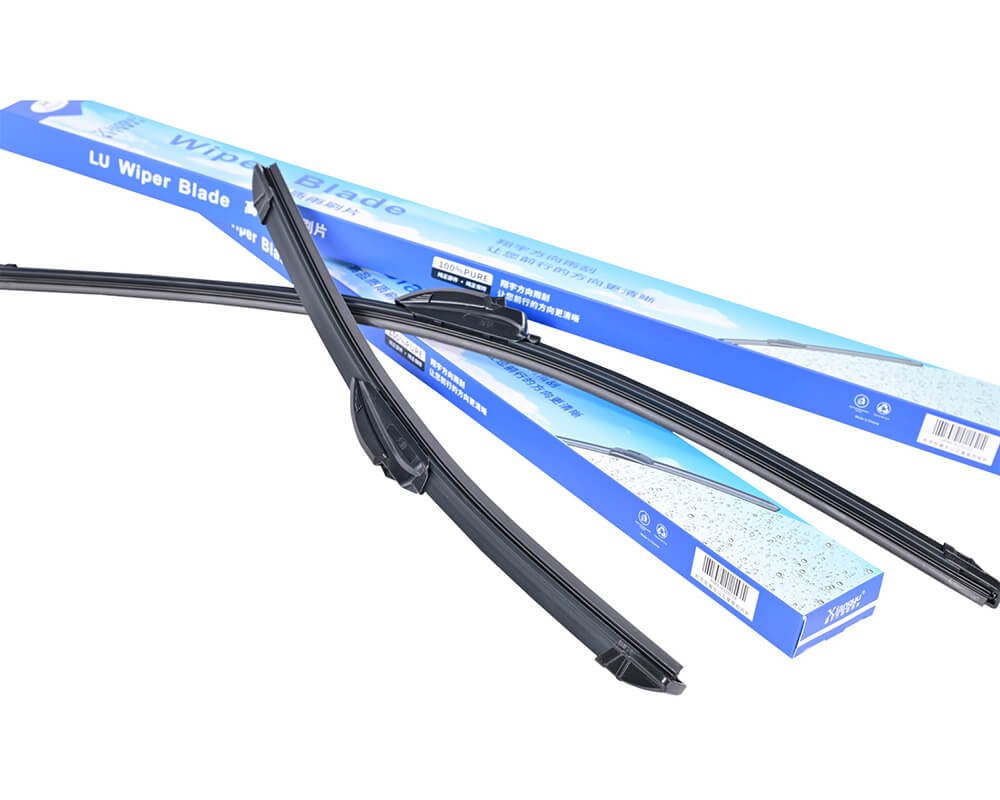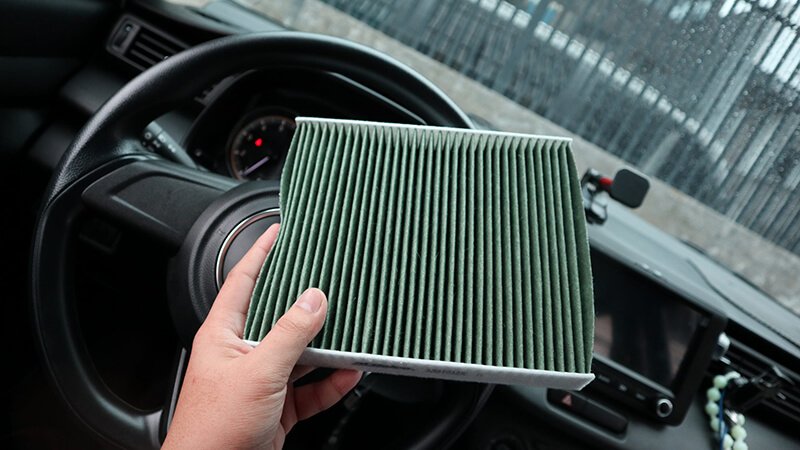Brake systems are essential for any vehicle’s safety. Understanding how they function is crucial for both car owners and automotive professionals. Brake pad systems play a major role in stopping a vehicle, and knowing how they work can help you maintain your vehicle’s performance.
Brake pads are critical components of any vehicle’s braking system. They help stop the car by creating friction with the brake rotor. Understanding how brake pads work is essential for safe driving and optimal vehicle performance.
But how do brake pads exactly work to ensure a vehicle’s safety? Let's dive deeper into the details of the brake pad system and explore why the right choices can make all the difference.

How does brake pad system work?
When you press the brake pedal, you rely on a complex system to stop your vehicle. One of the most important parts of this system are the brake pads1. Understanding how they work can help you see why keeping them in good condition is vital.
Brake pads create friction against the brake rotor2 when the brake pedal is pressed. This friction slows down or stops the wheel. The pressure generated by the pads is directly related to the effectiveness of the entire braking system.
The brake pad system is an essential part of any vehicle’s braking mechanism. The brake pads themselves are designed to press against a rotating disc, known as the brake rotor3, in order to generate friction. This friction converts kinetic energy into heat, slowing the vehicle down. In most modern cars, the braking system works in tandem with hydraulic pressure, which is generated when you apply force to the brake pedal.
Key Components of a Brake Pad System
The brake system has several parts that work together to bring the vehicle to a stop:
| Component | Description |
|---|---|
| Brake Pads | Press against the brake rotor to create friction. |
| Brake Rotor | The disc that rotates with the wheels and works with pads. |
| Calipers | Hold the brake pads and apply pressure to the rotor. |
| Brake Fluid | Transfers force from the brake pedal to the calipers. |
| Master Cylinder | Converts brake pedal force into hydraulic pressure. |
The brake pads themselves are typically made from materials like semi-metallic, ceramic, or organic compounds, which determine their longevity, noise levels, and ability to withstand high temperatures. The brake calipers house the brake pads and squeeze them against the rotor when you press the brake pedal.
In terms of efficiency, the effectiveness of the brake pads is influenced by factors such as material quality, temperature, and how much pressure is applied. When brake pads wear down over time, they lose their ability to generate enough friction to effectively stop the vehicle. This is why regular inspection and replacement of brake pads are essential for maintaining road safety.
The Role of Friction and Heat
Friction is a critical part of the brake system. As the brake pads press against the rotor, friction causes heat to build up. This heat is a byproduct of the braking process, and it’s essential to manage it properly to avoid brake failure. Overheating can cause brake fade, which reduces the system’s effectiveness.
Knowing how the brake system handles friction and heat helps you appreciate the need for high-quality brake pads. It also highlights why regular checks are necessary to prevent overheating and ensure safe operation.

Do brake pad types matter?
Choosing the right type of brake pad can have a significant impact on the overall performance and safety of your vehicle. But how do these different types matter?
Yes, brake pad types do matter. The material and design of the brake pads4 influence their effectiveness, noise levels, and durability. Understanding which type suits your driving style is crucial.
There are several types of brake pads5, each designed for specific purposes and conditions. The three most common types are organic6, semi-metallic7, and ceramic brake pads8. Each comes with its unique set of advantages and disadvantages.
Brake Pad Material Breakdown
| Type | Composition | Pros | Cons | Best For |
|---|---|---|---|---|
| Organic | Rubber, carbon, and resins | Quiet, less brake dust, cost-effective | Wear out quickly, less heat resistance | Daily driving, light vehicles |
| Semi-metallic | Metal particles mixed with resin | Durable, better heat dissipation, excellent braking power | Noisy, more brake dust, can cause wear on rotors | Heavy-duty use, towing, performance vehicles |
| Ceramic | Ceramic compounds and copper | Quiet, long-lasting, minimal dust, consistent braking | More expensive, can be less effective in cold climates | High-performance vehicles, comfort-seeking drivers |
The choice of brake pad depends on several factors, such as driving conditions, vehicle weight, and the intended use. For example, if you frequently drive in mountainous areas or need to haul heavy loads, semi-metallic brake pads would be ideal due to their superior heat tolerance. Conversely, for those seeking comfort and reduced noise, organic or ceramic pads are often more suitable.
The material you choose will not only affect the braking performance but also the lifespan of your brake pads and rotors. When selecting brake pads, it’s crucial to consider your specific needs, driving style, and vehicle requirements to make the right decision.

How does the brake system work step by step?
Brake systems are complex, involving various components that work together to stop the vehicle. Let's break down how this system functions, step by step, so you can better understand its operation.
The brake system works in a series of steps: you press the brake pedal9, hydraulic pressure is applied, the brake pads10 clamp onto the rotor11, friction is generated, and the vehicle slows down. Let’s explore each of these steps in detail.
The process of braking involves several key stages that happen almost simultaneously. Understanding each step will help you appreciate the precision involved in bringing a vehicle to a halt.
Detailed Breakdown of the Braking Process
| Step | Action | Outcome |
|---|---|---|
| Step 1: Applying pressure | The driver presses the brake pedal, activating the system. | Initial force is applied to begin the stopping process. |
| Step 2: Hydraulic activation | Brake fluid is transferred to the master cylinder, building hydraulic pressure. | The pressure is used to operate the calipers. |
| Step 3: Clamping the rotor | Brake calipers squeeze the brake pads against the rotor. | Friction begins between the pads and rotor. |
| Step 4: Heat generation | Friction causes kinetic energy to be converted into heat. | The vehicle begins to slow down as the friction builds up. |
| Step 5: Vehicle slows | The vehicle’s speed decreases, coming to a full stop. | The car stops and the heat dissipates. |
Each of these steps must work in harmony to ensure effective and reliable braking performance. Problems in any component, whether it’s a worn-out brake pad, air in the brake lines, or insufficient brake fluid, can impair the system’s function. Understanding how these components work together will help you make better decisions when it comes to maintenance and repair.
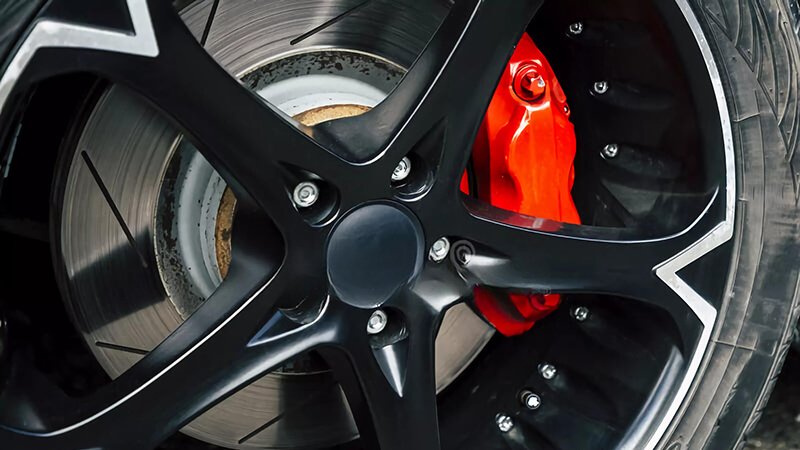
Why is the braking system important?
The braking system12 is one of the most critical features of a vehicle, but why is it so important? Let's look at the bigger picture.
The braking system is essential for safety. It allows vehicles to stop effectively, preventing accidents and ensuring the safety of both drivers and pedestrians.
The importance of the braking system cannot be overstated. It is directly linked to the safety of everyone on the road. A malfunctioning or ineffective brake system can lead to accidents, injuries, and even fatalities. In fact, modern braking systems are designed with multiple backup safety features13 to prevent failure.
Key Reasons the Braking System is Crucial
| Reason | Impact |
|---|---|
| Preventing Accidents | Efficient braking helps avoid crashes by allowing quick stops in emergency situations. |
| Pedestrian Safety | Proper brakes ensure that vehicles can stop in time to avoid pedestrians or cyclists. |
| Control in Extreme Conditions | A well-maintained braking system is essential for driving in wet, icy, or mountainous conditions. |
| Vehicle Longevity | Regular brake system maintenance prevents premature wear on other vehicle components, such as tires and rotors. |
| Improved Driving Confidence | A reliable braking system boosts the driver’s confidence, especially at higher speeds or when carrying heavy loads. |
A properly functioning braking system plays a role in reducing the wear and tear on other vehicle parts, such as the engine and transmission. It also enhances the overall driving experience, giving drivers more confidence when operating the vehicle.
For these reasons, regular checks and maintenance of your braking system are crucial. Whether it’s ensuring that brake pads are in good condition, fluid levels are adequate, or rotors are free from damage, keeping the braking system in top shape is necessary for the safety of all road users.
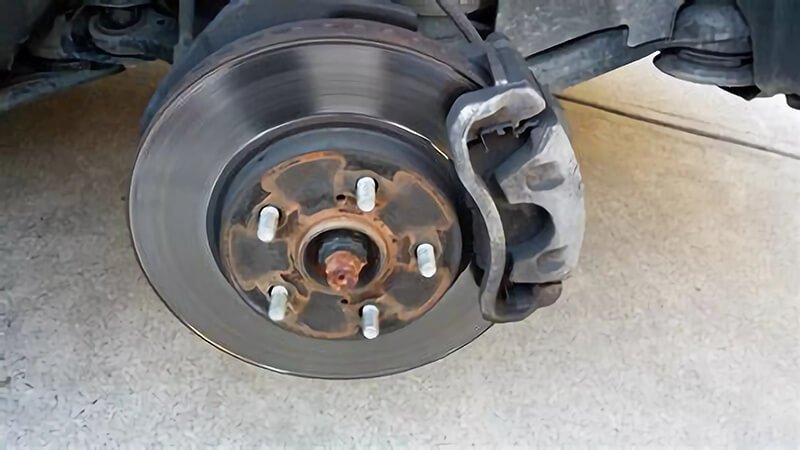
Conclusion
The brake pad system plays a vital role in ensuring the safety and performance of any vehicle. Understanding how brake pads work, why different types matter, and how the braking system functions step by step is essential for maintaining safe driving. Regular inspection and maintenance of your brake system will help prevent accidents, extend the life of your vehicle, and improve overall driving experience.
-
Learn more about brake pads and their critical role in vehicle safety. ↩
-
Gain understanding of the function and design of brake rotors. ↩
-
Discover the connection between brake pads and rotors in the braking process. ↩
-
Learn how different materials impact brake performance, noise, and durability. ↩
-
Understand the various types of brake pads and their applications in different driving conditions. ↩
-
Discover the benefits and drawbacks of organic brake pads. ↩
-
Learn about the performance and lifespan of semi-metallic brake pads. ↩
-
Explore the advantages of ceramic brake pads in terms of performance and noise reduction. ↩
-
Learn about the role of the brake pedal in initiating the braking process. ↩
-
Discover the function of brake pads in generating friction to stop the vehicle. ↩
-
Understand the role of the brake rotor in the braking process and its interaction with brake pads. ↩
-
Understand the significance of the braking system in preventing accidents and ensuring road safety. ↩
-
Learn about the safety features that prevent brake system failure and protect drivers. ↩

